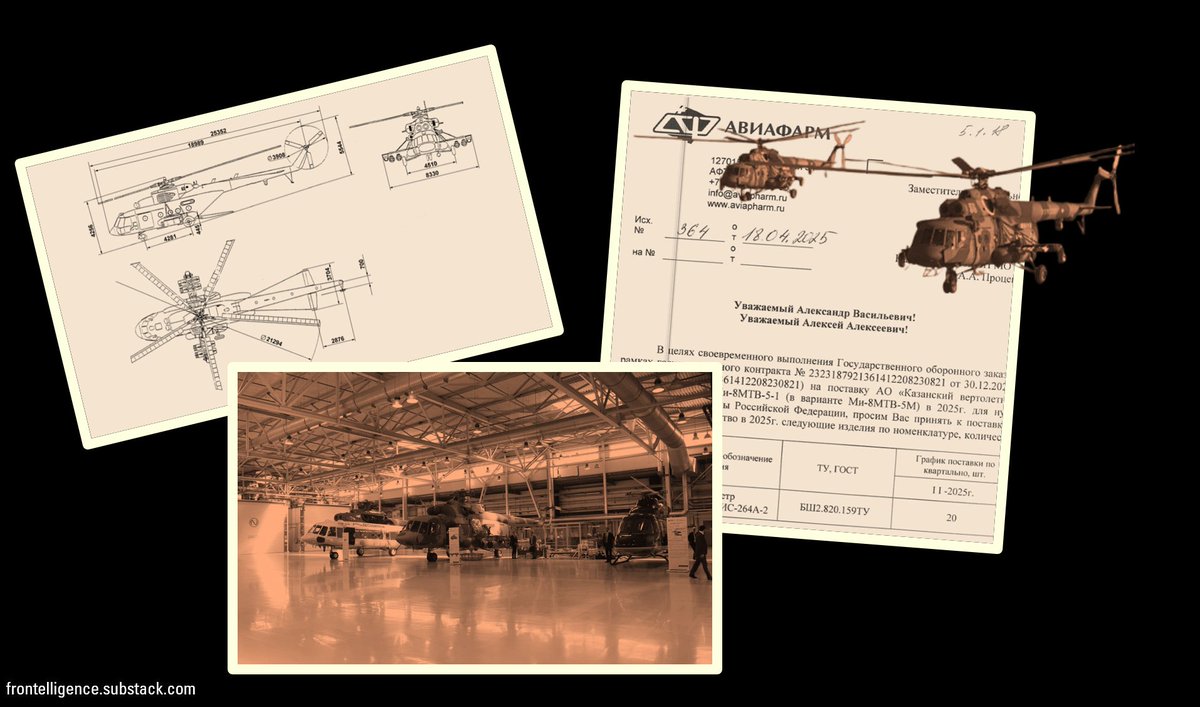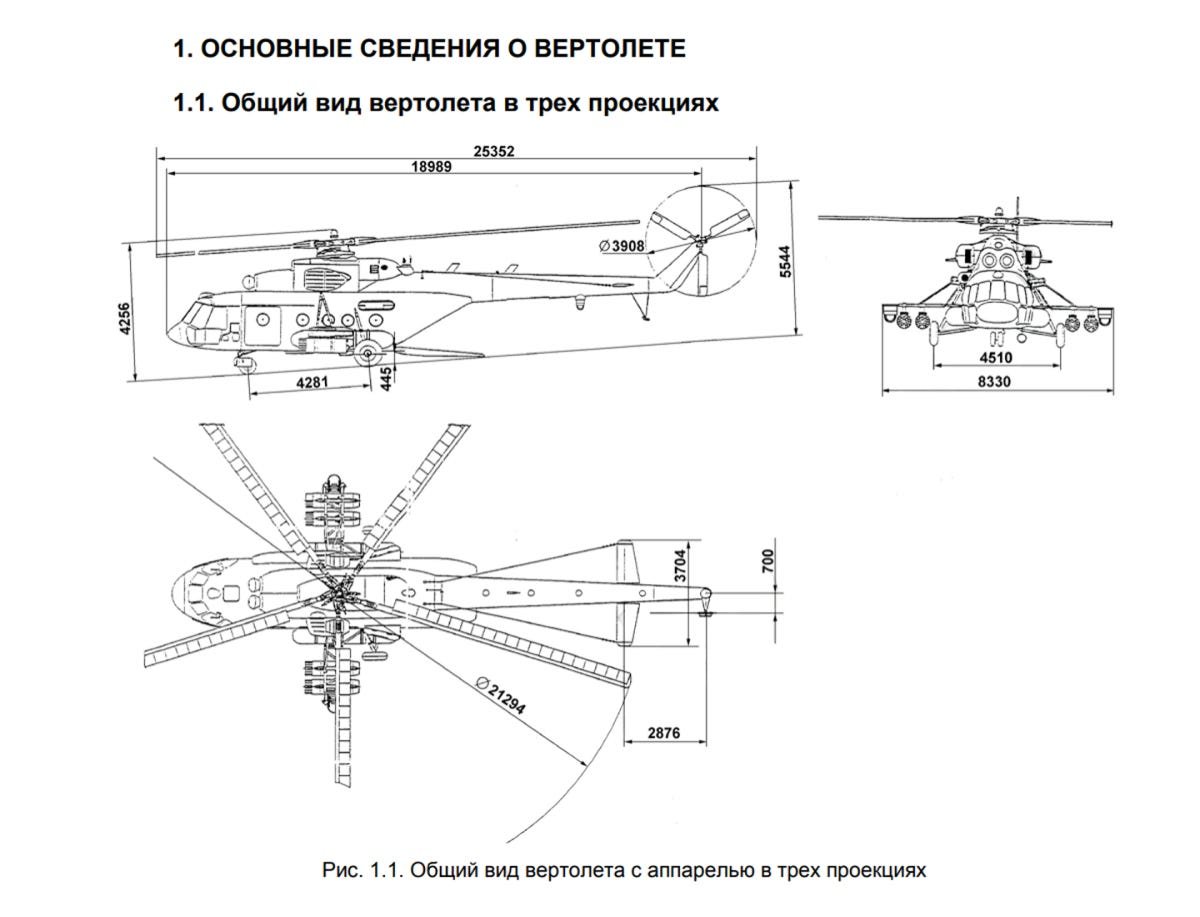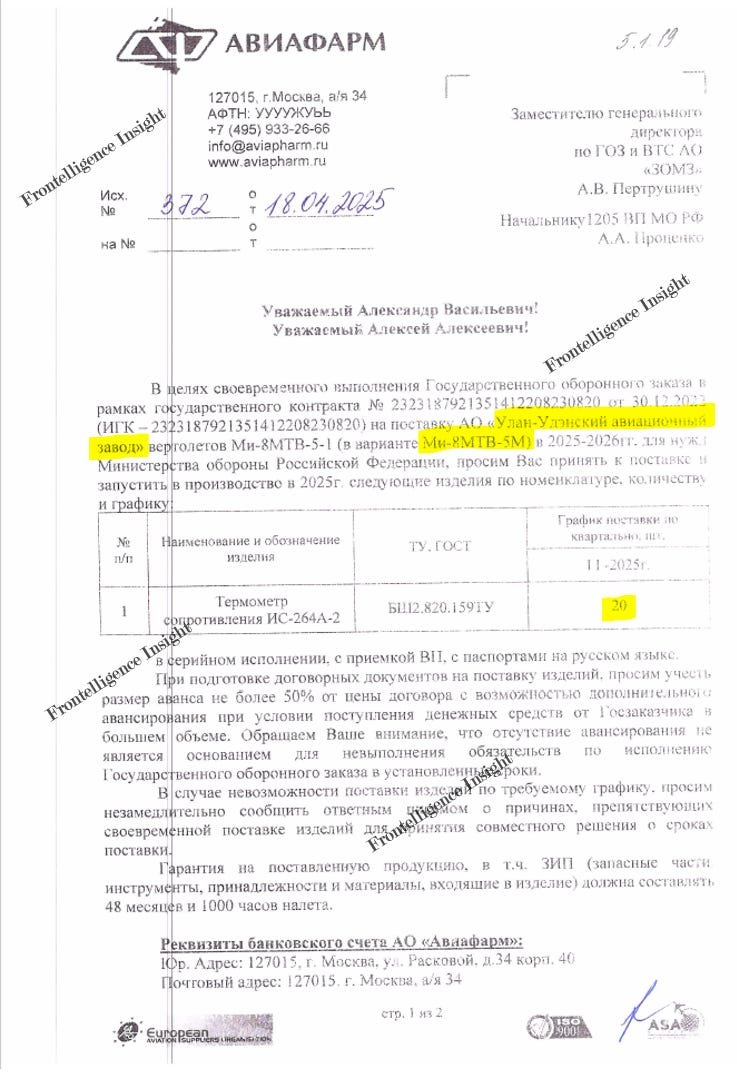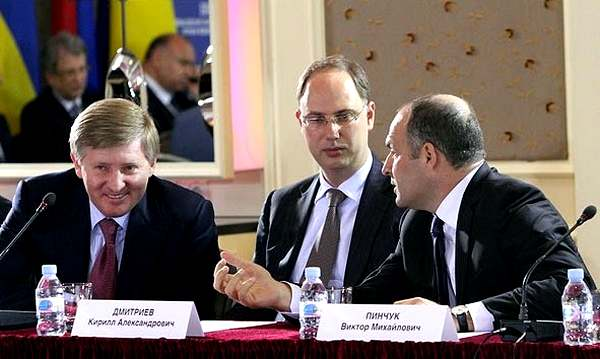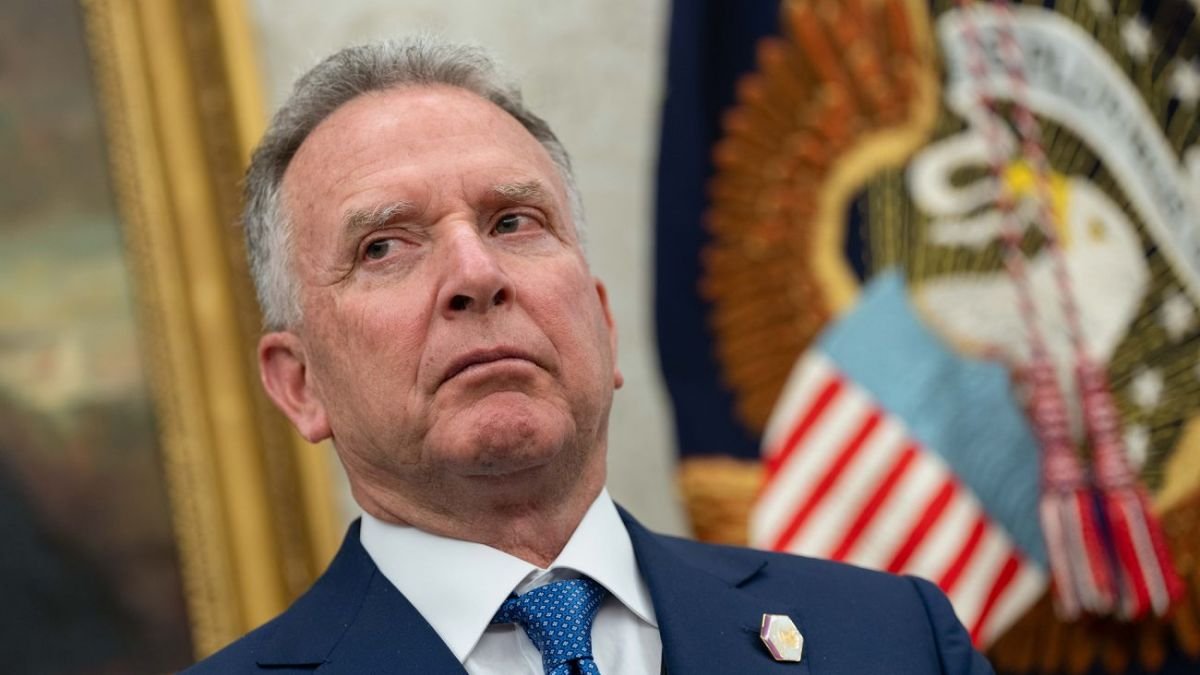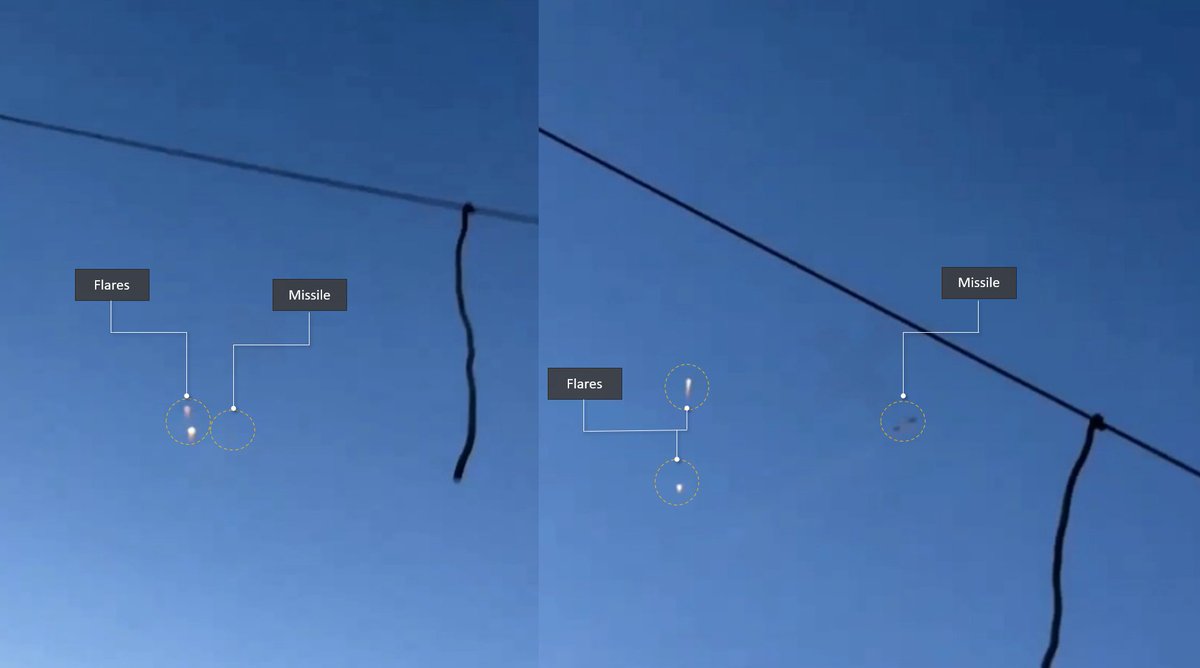Recently, I mentioned the issue of Russian colonists replacing Ukrainians, who either fell victim to violence, was forcibly displaced, or had to flee. Today, I will provide several examples of tactics used by Russians to reshape the population on occupied territories.
🧵Thread:
🧵Thread:
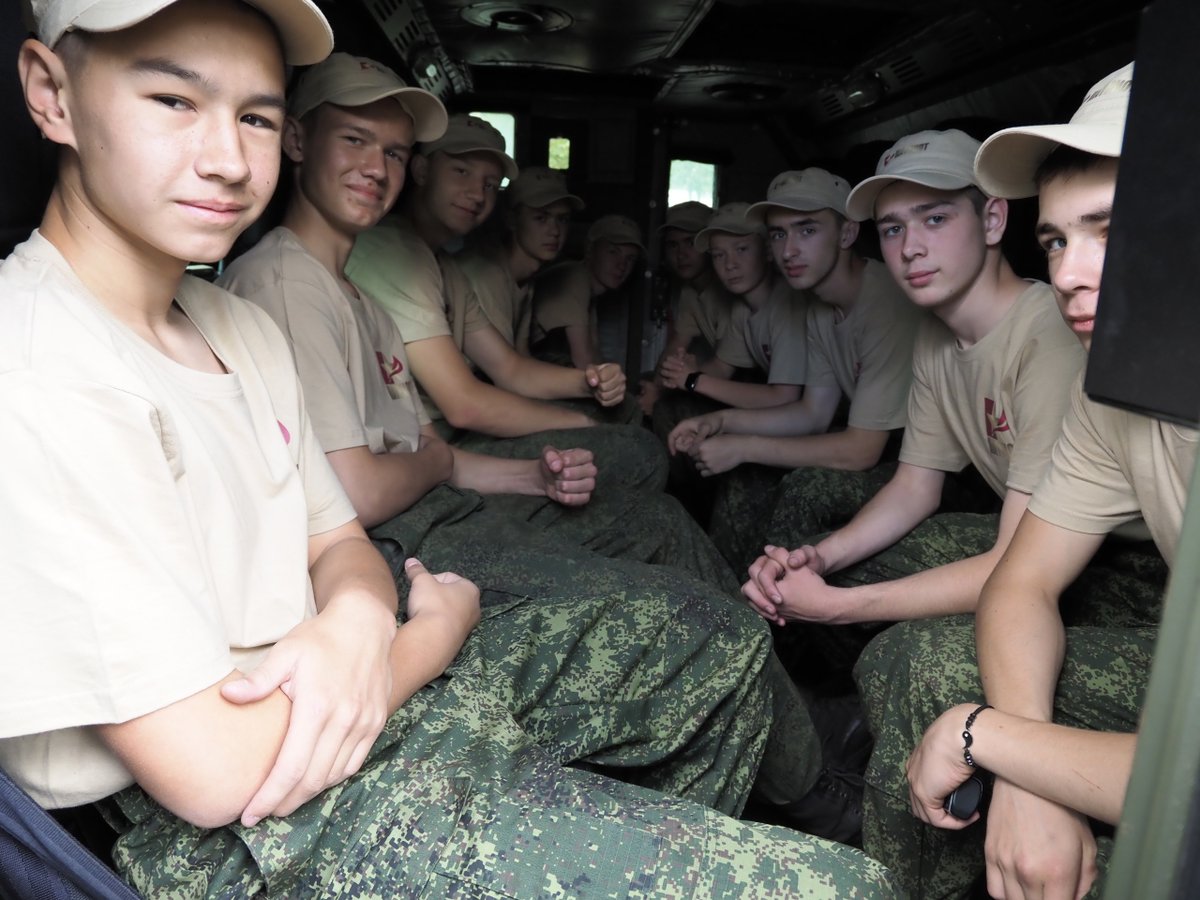
2/ According to the "Interagency Coordination Headquarters for Humanitarian Response," around 40,000 people remain in camps, including over 10,000 children. Russia claims to provide "social security" payments to over 1.4 million people, indicating a larger number of displaced 
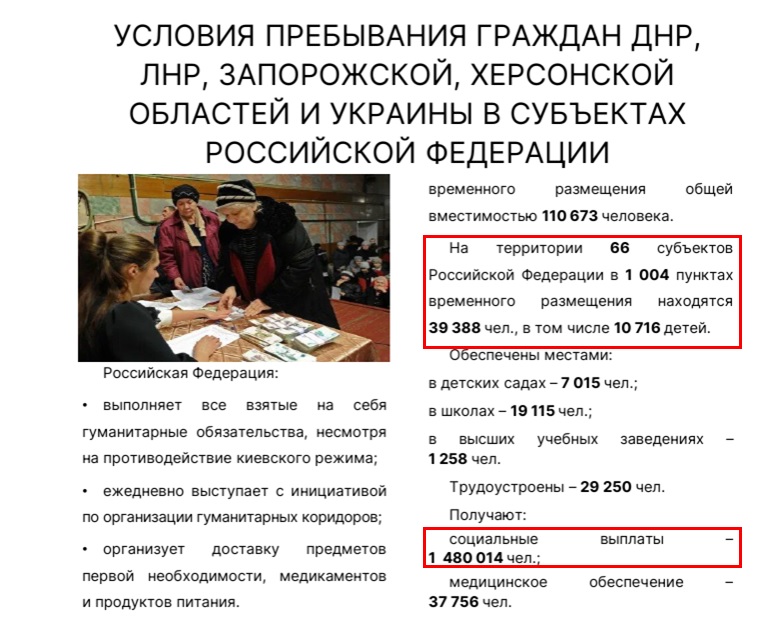
3/
-Between May and June, around 600 individuals were deported from Dokuchaevsk, Starobilsk, and Debaltseve to Rostov Oblast.
- In Zaporizhia Oblast, teachers who refused to comply with new Russian educational programs faced interrogations, intimidations, and deportation.
-Between May and June, around 600 individuals were deported from Dokuchaevsk, Starobilsk, and Debaltseve to Rostov Oblast.
- In Zaporizhia Oblast, teachers who refused to comply with new Russian educational programs faced interrogations, intimidations, and deportation.
4/
- Some maternity hospitals in occupied areas have been converted into military facilities, while equipment for maternal purposes was moved to Russia.
- Administrative positions continue to be filled by appointed individuals from russia, displacing Ukrainians from these roles
- Some maternity hospitals in occupied areas have been converted into military facilities, while equipment for maternal purposes was moved to Russia.
- Administrative positions continue to be filled by appointed individuals from russia, displacing Ukrainians from these roles
5/
Russia also pursues the assimilation and indoctrination of children into Russian ideology, erasing Ukrainian identity. They organize "educational trips" to health resort or "sport" camps. Photos from the mentioned events will be included as evidential reference:
Russia also pursues the assimilation and indoctrination of children into Russian ideology, erasing Ukrainian identity. They organize "educational trips" to health resort or "sport" camps. Photos from the mentioned events will be included as evidential reference:

6/
The educational and field training camp "V Army" at the training center of the Military Academy of NBC Defense hosted over 80 schoolchildren, including students from Luhansk Oblast.
The educational and field training camp "V Army" at the training center of the Military Academy of NBC Defense hosted over 80 schoolchildren, including students from Luhansk Oblast.

7/
More than 100 kids from Kalanchak, Kherson Oblast, were sent to the Lesnaya Skazka camp in Saratov for an entertainment and "cultural program."
More than 100 kids from Kalanchak, Kherson Oblast, were sent to the Lesnaya Skazka camp in Saratov for an entertainment and "cultural program."

8/ Approximately 280 children from the Antratsyt region were moved to the "Cossack Cadet Corps" in Kalmykia, with plans to relocate around 500 Ukrainian children by the end of the summer. 

9/ In occupied Kherson region, Russian forces conducted shooting training with members of "Youtharmy" on July 18th. 

10/ According to statistics provided by occupational authorities, the population of Sevastopol (Russian Black Sea Fleet base) has increased by nearly 40% between 2014 and 2021, suggesting significant resettlement of Russians into Crimea. 

11/ There are multiple reports indicating that russia is actively repopulating Mariupol. This is being done by providing housing to teachers, administrative workers, and other occupational staff through settlement into newly built apartments.
12/ This reflects a deliberate strategy employed since the times of the Russian Empire to replace locals with russians. The ultimate goal is to establish a narrative that portrays the region as historically russian, allowing subsequent generations to claim it as their birthright.
• • •
Missing some Tweet in this thread? You can try to
force a refresh




